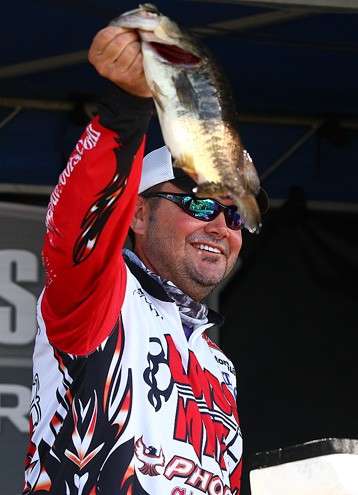
Palatka, Fla. — Greg Hackney's 10-pound, 9-ounce behemoth on the first day of the St. Johns River Showdown is just the latest in a long history of giant largemouths that have come from this storied fishery. In fact, no other body of water on the Bassmaster Tournament Trail can match the St. Johns' legacy of lunkers.
B.A.S.S. founder Ray Scott conducted his first tournament in 1968, but it took five years for any competitor to crack the venerated 10-pound mark.
It happened on the second day (Feb. 8) of the 1973 Florida National when J.D. Skinner of Birmingham, Ala., brought a 10-pound, 2-ounce largemouth to the scales. That record lasted only a day because on the third and final day of the event two 12 pounders were caught.
Bill Bailey was first to the scales and his giant bass had the crowd gasping. The fish weighed 12-3 and looked like it might hold the top spot in the B.A.S.S. record books for many years to come. Instead, it held on for just five minutes.
That very same day Bob Tyndall used a 13-inch Hawg Hunter plastic worm to hook and land an even bigger largemouth. His lunker weighed 12-13, eclipsing Bailey's mark and setting a big bass standard that would last more than 24 years.
In March of 1997 on Texas' Richland-Chambers Lake, Bassmaster Elite Series pro Mark Menendez caught a 13-9 to surpass Tyndall's mark. Two years later on the California Delta, Mark Tyler caught a bass weighing 14-9 that still stands as the biggest in B.A.S.S. history.
But no water can match the St. Johns' lunker history with B.A.S.S.

